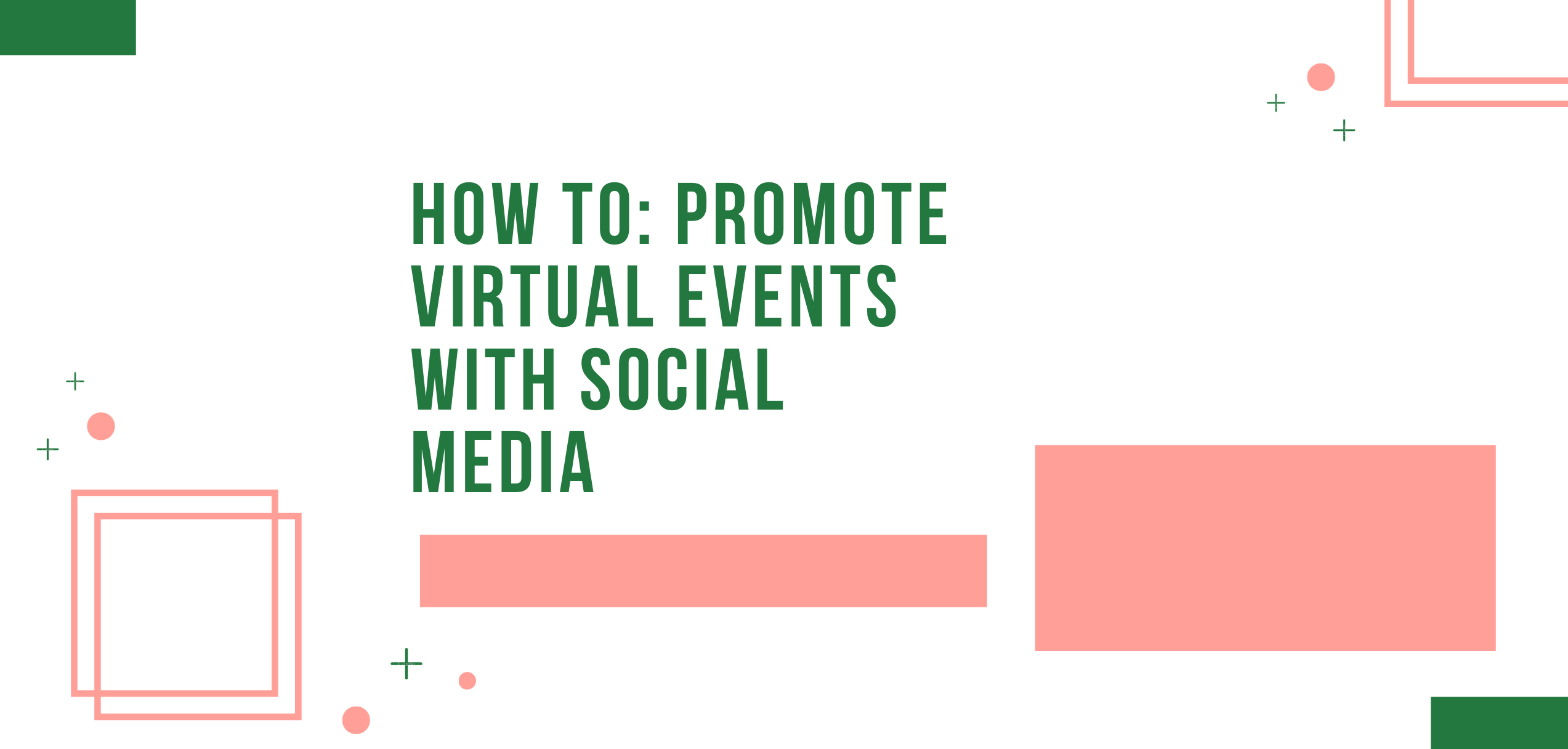Whether you need to increase attendance, drive cooperation or extend the value of events without taking away any potential revenue, social media should be a primary weapon in your arsenal. In this post, I’ll talk about using social media to promote virtual events. Twitter, Facebook and LinkedIn have been available to provide contacts and data but it is time for event managers to put that power to use.
LinkedIn is so powerful because when you create an event on LinkedIn, it does get indexed on Google. Once you’ve added your event, LinkedIn will automatically promote it to your network and will open a new window with several options to promote your event. This short video shows how to create effective events on LinkedIn and then advertise it out to the first line network:
If you’re a member of a LinkedIn group, you can communicate with fellow group members even if you aren’t connected to them. So it is a great idea to check out the LinkedIn groups that are attracting your target audience, and join those groups.
I really love the idea of creating a public list on Twitter and adding to it the names of people who have registered for the event.
Most people don’t know what to do with the list feature on Twitter. However, with events it’s easy. You can add each attendee to your event on a list titled “GoingTo [YOUR EVENT NAME HERE]” and publicize the list on your web site or blog. This is crucial because people want to go places when other people they know are going. You can increase the registrations by showcasing and updating the list.
Twitter users often use a hashtag like #followfriday to aggregate, organize and discover relevant posts. If you’ve been using twitter you might have seen a pound or hash sign in front of other numbers or words or both. It is a tag that will group tweets that are all about the same group or subject. You might think of them of as a way to search information when people are around the similar things. It is almost like a keyword. Hashtag is a superb technique to build buzz around an event. However, it’s crucial to assign the event hashtag as soon as possible (others might do it for you and there will most likely end up being multiple ones, diluting the effect). Afterwards, publicize the hashtag across all mediums — publicize it on your event registration page, blog, website, and use it in all your Twitter posts. You must achieve the goal of getting every tweet about your event to contain your hashtag by promoting it repeatedly: in signage, in printed campaigns, and from the venue. The hashtag help attendees connect and spread the word by aggregating all Twitter conversation around the event. You can get traction for the hashtag early on by running contests — for example, asking trivia questions on Twitter related to the event topic, and requesting that all responses contain the Twitter hashtag.
Participate in relevant discussions. You can find people who are talking about subjects relevant to your event by using sites like Twitter Search and Tweetdeck. By participating in relevant discussions you can expose your event to those who are most likely to respond to it.
Facebook, the web’s largest social networking service, plays host to 3 million event listings every month. Facebook, empowers you to quickly create an event listing, invite friends, and then watch word of the event spread virally out from your network of contacts (if you choose to allow it). This short video shows how to create effective events on Facebook
Link Your Event to a Group or Page
Create the event from within your Facebook Page or Group whose members are target audience for your event. Go to your Facebook Page or Group and click the “Create a Related Event” link. By doing this, your event will be visible to every member of your group or page. Plus, you can then automatically invite all the members of the group.
Always choose a compelling name and tagline for your event: something that will tempt users to learn more. Don’t forget to add as much detail as possible in the description section. You can add a link to your registration page if you are hosting a virtual event. Don’t forget to add a photo for the event. You can start sending invitations to your friends once the event is created. Once people start participating, persuade them to invite their friends too.
Add Photos and Video
Add photos of speakers to the photos section of the event page because every time you add something to the event it will appear in the news feeds of your friends. Plus, you can add further visibility to your event by tagging the people after adding the photos.
Similarly, you can add links, videos, and encourage people to write on the event’s wall.
Try Facebook Ads
You can use Facebook ad to create buzz around your event but you’ve to spend little money. The best thing about Facebook ads is you can narrow focus of your ad to very particular audiences. Facebook ads allow you to specify gender, age, geographic region and a variety of keywords within the ad. Only people who meet these criteria will see the ad. If you’ll see the Facebook ads closely, you’ll find that the ads are targeted to your demographic. You can attract a lot of attention for each event in less than 50 dollars.
Selling Tickets
Facebook’s Events application has a major downside: Facebook doesn’t support ticket sales. Eventbrite has made it super easy to promote and sell your tickets on Facebook. Click here to learn more about selling tickets on Facebook.
Other, similar options are the EventPal and the Ticketing Facebook applications.
